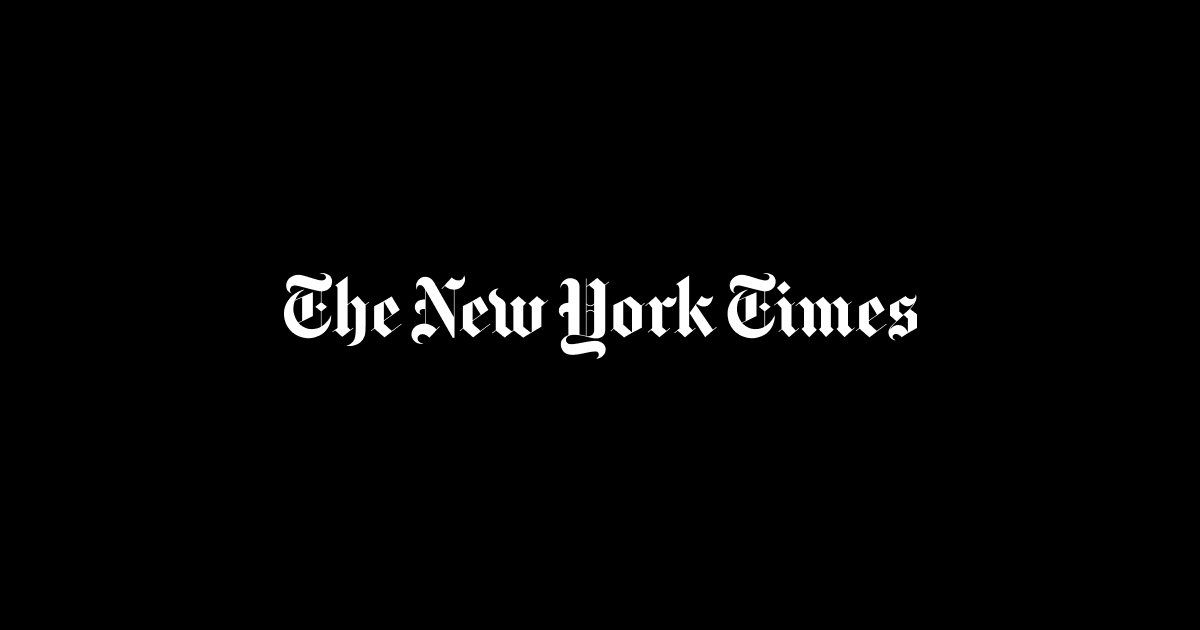Stocks rose on Tuesday after a lower-than-expected November inflation report raised expectations that the Federal Reserve could delay its campaign to raise rates, which has weighed heavily on stock prices.
An early rise faded, however, and the S&P 500 rose about 0.3 percent during afternoon trading, after rising more than 2 percent shortly after trading began. The reference index is still down about 16 percent this year.
Wall Street has been searching for months for data that could prompt the Fed to moderate interest rate hikes, which the central bank has used to dampen stubbornly high inflation, but which also raise costs for businesses and dampen consumer demand. The central bank is expected to raise interest rates by half a percentage point on Wednesday, which would mark a slowdown from three-quarters point increases at previous meetings this year.
Investors now expect the Fed to raise rates by a quarter of a percentage point in February, a smaller increase than previously expected. In addition, investors expect interest rates to reach 4.84 percent next year, lower than the 5 percent expectation last month, futures contracts reported Tuesday.
“The puzzle pieces are falling into place for the Fed to pause rate hikes in early 2023,” said Rob Temple, global market strategist at Lazard.
Headline inflation, as measured by the consumer price index, was 7.1 percent higher than a year ago, compared to economists’ expectations of 7.3 percent and lower than October’s 7.7 percent.
The report is a welcome sign for investors after a mixed bag of economic data in recent weeks has yielded signs that inflation may remain stubbornly high and weigh on markets.
A gauge of wholesale prices showed that inflation rose more than expected last month. The labor market also remains resilient, putting pressure on prices: Employers added 263,000 jobs in November – more than economists had expected.
Yields on two-year U.S. Treasury bills, which closely track expectations for Fed interest rate movements, also fell Tuesday as investors revised expectations for how much the Fed will eventually raise rates.
While the Fed has continued its campaign to raise rates to curb inflation, the yield on the 2-year bond has risen well above the 10-year equivalent, a rare but reliable sign of a coming recession.
“I think inflation is coming down because growth is slowing down and that’s going to be a problem. But that’s not what this week is about,” said Peter Tchir, head of macro strategy at Academy Securities.
For investors, the debate will now shift from the size of rate hikes to how long the Fed will keep rates high, with investors eager for clues when central bankers meet on Wednesday.
The inflation report and the Fed’s meeting “are bound to set the tone for financial markets as we head into next year,” Deutsche Bank economists wrote in a research note Friday.
“This was universally good from an inflation point of view. It’s going in the right direction,” said Mr. Tchir.
Joe Rennison reporting contributed.

